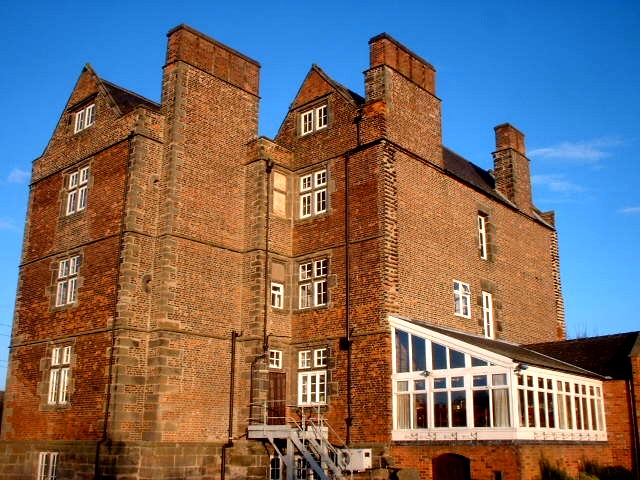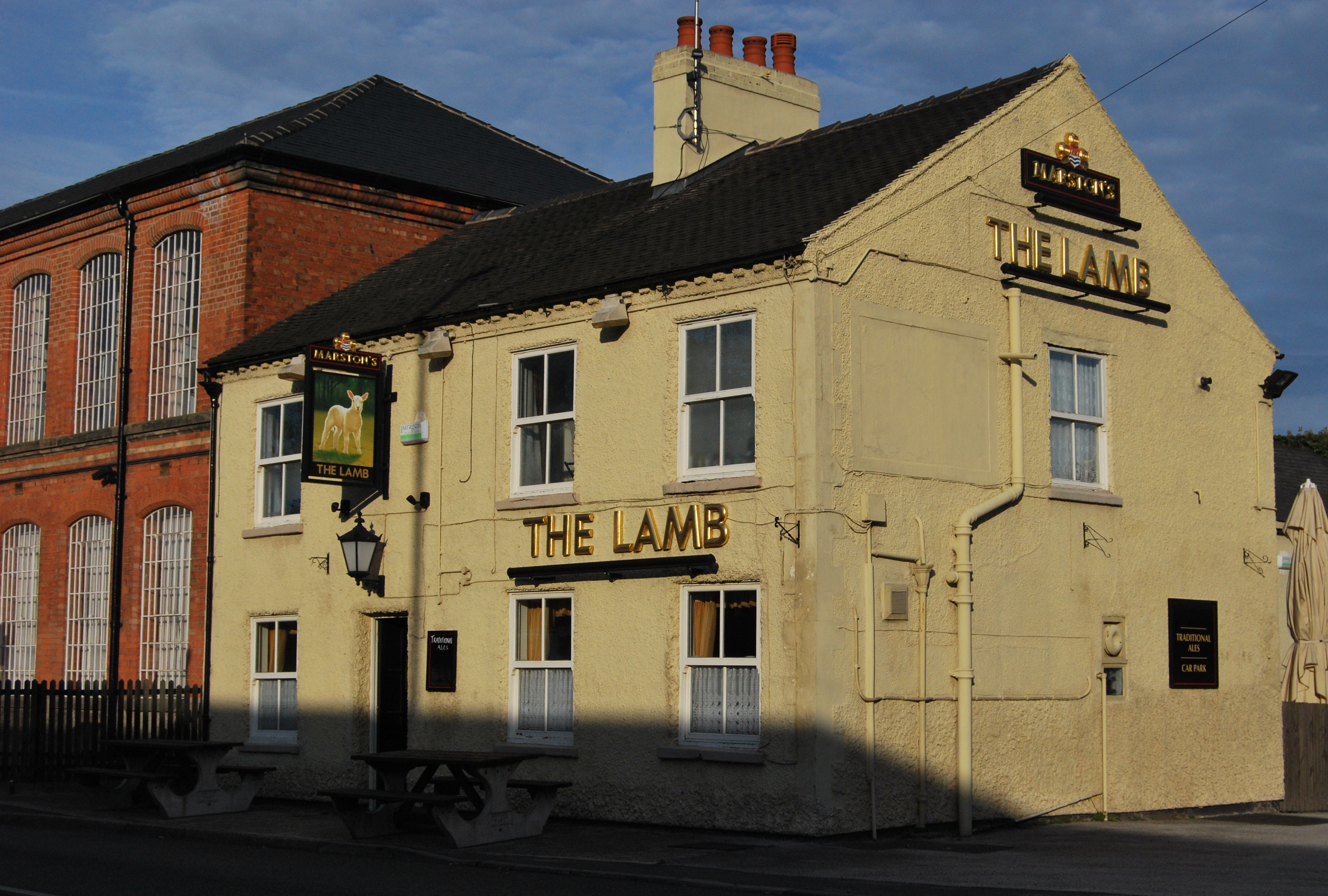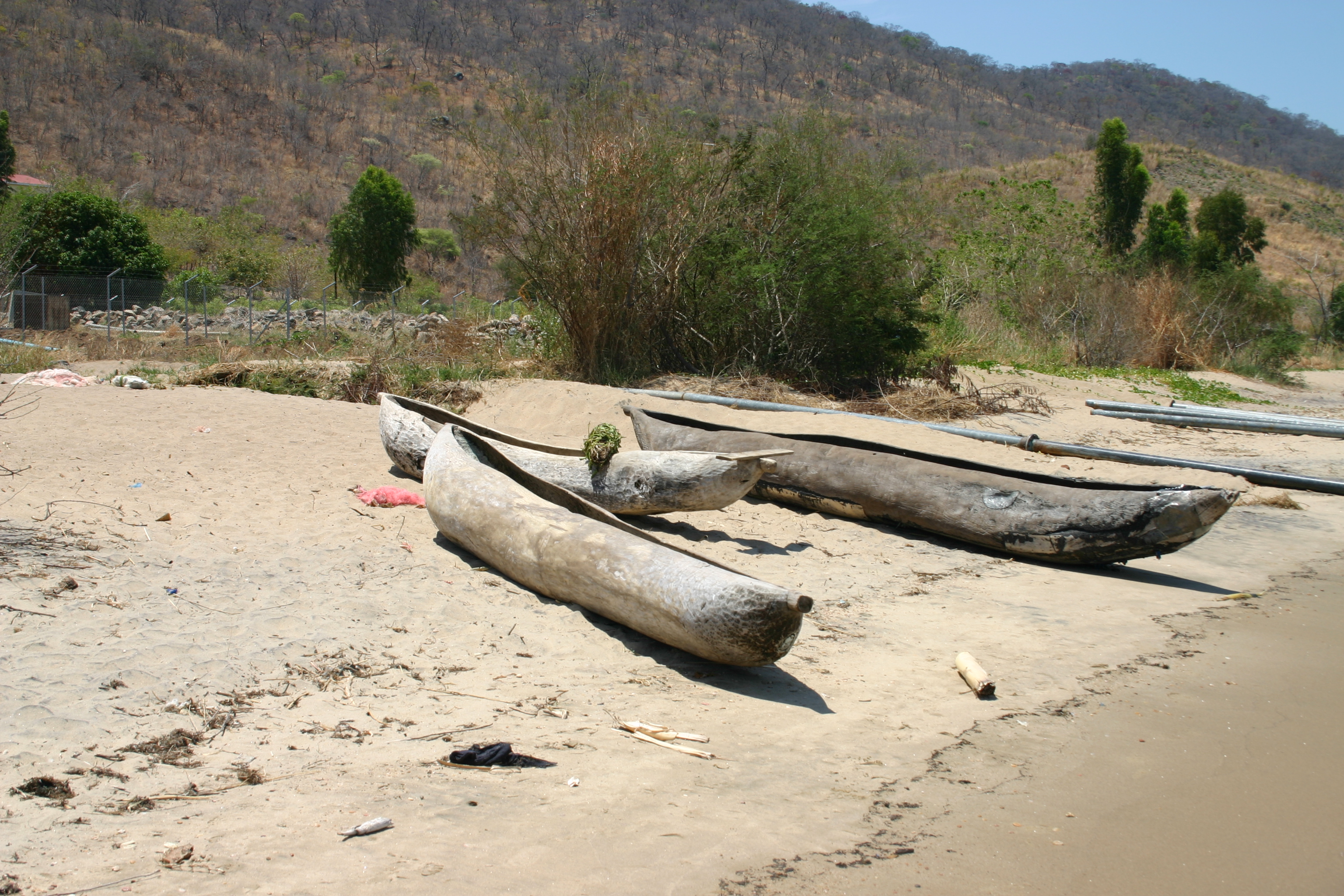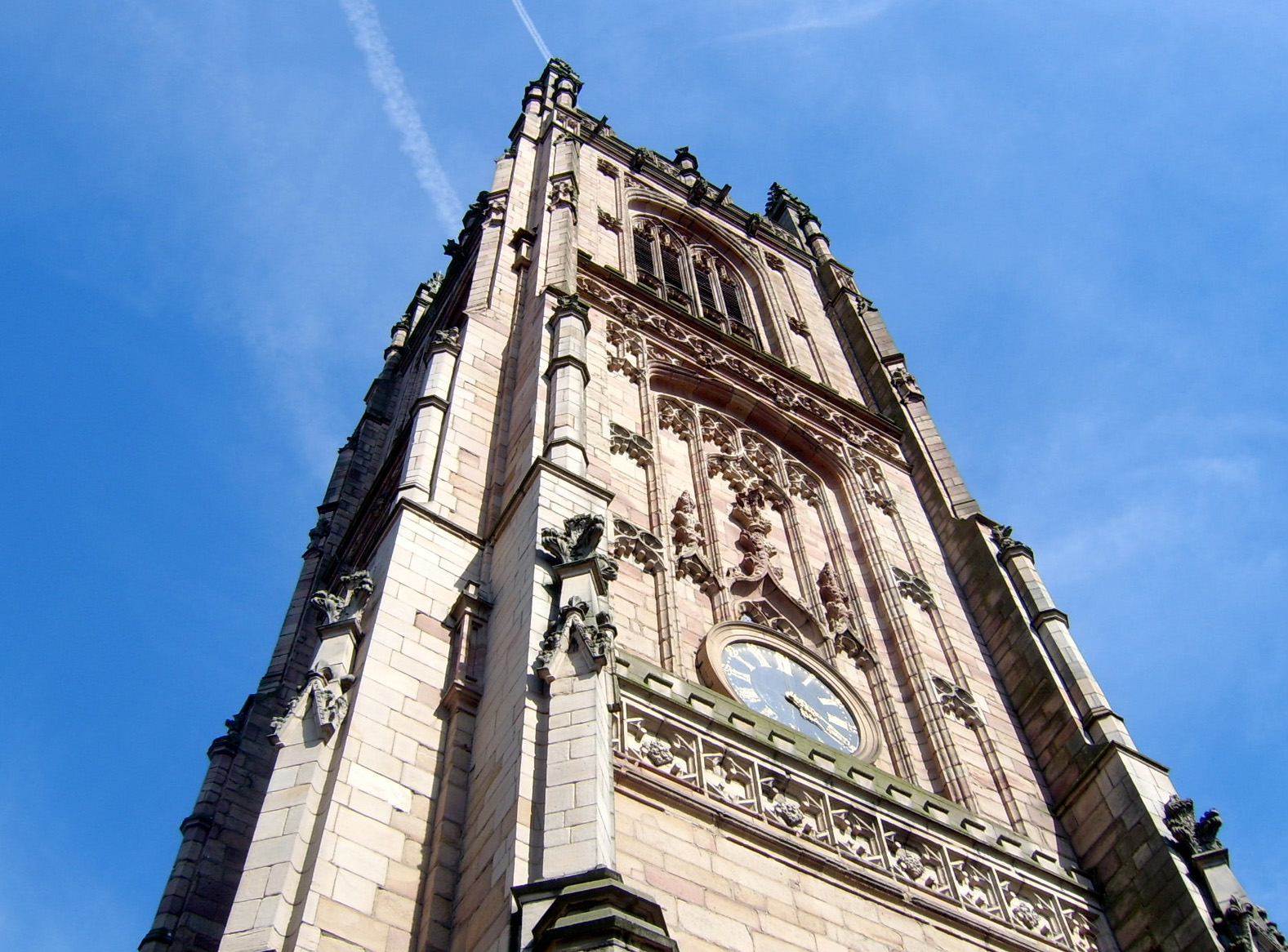|
Shardlow
Shardlow is a village in Derbyshire, England about southeast of Derby and southwest of Nottingham. Part of the civil parish of Shardlow and Great Wilne, and the district of South Derbyshire, it is also very close to the border with Leicestershire, defined by the route of the River Trent which passes close to the south. Just across the Trent is the Castle Donington parish of North West Leicestershire. An important late 18th-century river port for the trans-shipment of goods to and from the River Trent to the Trent and Mersey Canal, during its heyday from the 1770s to the 1840s it became referred to as "Rural Rotterdam" and "Little Liverpool". Today Shardlow is considered Britain's most complete surviving example of a canal village, with over 50 Grade II listed buildings and many surviving public houses within the designated Shardlow Wharf Conservation Area. History Due to its location on the River Trent, which up to this point is easily navigable, there is much early evidence ... [...More Info...] [...Related Items...] OR: [Wikipedia] [Google] [Baidu] |
River Trent
The Trent is the third Longest rivers of the United Kingdom, longest river in the United Kingdom. Its Source (river or stream), source is in Staffordshire, on the southern edge of Biddulph Moor. It flows through and drains the North Midlands into the Humber Estuary. The river is known for dramatic flooding after storms and spring snowmelt, which in the past often caused the river to change course. The river passes through Stoke-on-Trent, Stone, Staffordshire, Rugeley, Burton-upon-Trent and Nottingham before joining the River Ouse, Yorkshire at Trent Falls to form the Humber Estuary, which empties into the North Sea between Kingston upon Hull in Yorkshire and Immingham in Lincolnshire. The wide Humber estuary has often been described as the boundary between the Midlands and the north of England. Name The name "Trent" is possibly from a Romano-British word meaning "strongly flooding". More specifically, the name may be a contraction of two Romano-British words, ''tros'' ("over" ... [...More Info...] [...Related Items...] OR: [Wikipedia] [Google] [Baidu] |
Hanson Log Boat
The Hanson Log Boat was a Bronze Age dugout boat found in a gravel pit in Shardlow in Derbyshire. The log boat is now in Derby Museum and Art Gallery. Discovery and preservation The log boat was discovered at the Hanson gravel pit in Shardlow, a village south of Derby, in 1998, as part of an archaeological watching brief during quarrying operations at the site. The boat was almost complete but was damaged slightly by the quarry machinery before its importance was identified. The boat had to be sawn into small sections so that it could be transported and conserved because it was so heavy. Much of the weight was due to the boat's waterlogged condition which had preserved the wood and kept it from rotting. The wood was slowly dried at the York Archaeological Trust after it had been immersed for 18 months in polyethylene glycol, a chemical which penetrated the wood and provided strength. The boat's conservation was completed at a cost of £119,000 and the object is now on di ... [...More Info...] [...Related Items...] OR: [Wikipedia] [Google] [Baidu] |
Weston-on-Trent
Weston-on-Trent is a village and civil parish in the South Derbyshire district of Derbyshire. The population of the civil parish at the 2011 census was 1,239. It is to the north of the River Trent and the Trent and Mersey Canal. Nearby places include Aston-on-Trent, Barrow upon Trent, Castle Donington and Swarkestone. Toponymy The name is of Anglo-Saxon origin (-''ton'' being an Anglo-Saxon suffix meaning "town"). The name literally means 'West Town' – with Aston-on-Trent ('East Town') lying east of it. 'On-Trent' refers to the nearby River Trent. History Middle ages In 1009 Æþelræd Unræd (King Ethelred the Unready) signed a charter at the Great Council which recognised the position and boundaries of Weston. The charter shows that Weston controlled the crossings of the Trent at, Weston Cliff, King's Mills and Wilne. These crossings controlled one of the main routes for travellers moving up or down England and was a boundary within Mercia. The land was listed as eig ... [...More Info...] [...Related Items...] OR: [Wikipedia] [Google] [Baidu] |
Shardlow And Great Wilne
Shardlow and Great Wilne is a civil parish in the South Derbyshire district of the English county of Derbyshire. The population of the civil parish taken at the 2011 Census was 1,199. Shardlow and Great Wilne are the main settlements in the parish. See also *Listed buildings in Shardlow and Great Wilne Shardlow and Great Wilne is a civil parish in the South Derbyshire district of Derbyshire, England. The parish contains 48 Listed building#England and Wales, listed buildings that are recorded in the National Heritage List for England. Of the ... References Civil parishes in Derbyshire South Derbyshire District {{Derbyshire-geo-stub ... [...More Info...] [...Related Items...] OR: [Wikipedia] [Google] [Baidu] |
Trent And Mersey Canal
The Trent and Mersey Canal is a canal in Derbyshire, Staffordshire and Cheshire in north-central England. It is a "narrow canal" for the vast majority of its length, but at the extremities to the east of Burton upon Trent and north of Middlewich, it is a wide canal. The narrow locks and bridges are big enough for a single narrowboat wide by long, while the wide locks can accommodate boats wide, or two narrowboats next to each other. History The Trent and Mersey Canal (T&M) was built to link the River Trent at Derwent Mouth in Derbyshire to the River Mersey, and thereby provide an inland route between the major ports of Kingston upon Hull, Hull and Liverpool. The Mersey connection is made via the Bridgewater Canal, which it joins at Preston Brook in Cheshire. Although mileposts measure the distance to Preston Brook and Shardlow, Derwent Mouth is about beyond Shardlow. The plan of a canal connection from the Mersey to the Trent ("The Grand Trunk") came from canal eng ... [...More Info...] [...Related Items...] OR: [Wikipedia] [Google] [Baidu] |
South Derbyshire (UK Parliament Constituency)
South Derbyshire is a List of United Kingdom Parliament constituencies, constituency represented in the House of Commons of the United Kingdom, House of Commons of the UK Parliament since 2024 United Kingdom general election, 2024 by Samantha Niblett of the Labour Party (UK), Labour Party. Boundaries Historic The constituency was originally created after the Reform Act in 1832 when Derbyshire (UK Parliament constituency), Derbyshire was divided into North Derbyshire (UK Parliament constituency), North Derbyshire and South Derbyshire. 1832–1868: The Hundreds of Appletree, Morleston and Litchurch, and Repton and Gresley, and so much of the Wapentake of Wirksworth as was not comprised in the Bakewell Division. 1868–1885: The Hundreds of Repton and Gresley, Morleston and Litchurch, and Appletree. 1885–1918: The Municipal Borough of Derby, the Sessional Divisions of Repton and Swadlincote, and parts of the Sessional Divisions of Ashbourne and Derby. 1918–1950: The Urban ... [...More Info...] [...Related Items...] OR: [Wikipedia] [Google] [Baidu] |
Castle Donington
Castle Donington is a market town and civil parish in Leicestershire, England, on the edge of the National Forest and close to East Midlands Airport. Etymology The name 'Donington' means 'farm/settlement connected with Dunna'. Another suggestion is that it could means 'farm/settlement at the hill place'. History King's Mill, the nearby crossing on the River Trent, is mentioned in a charter issued by Æthelred the Unready in 1009 regarding the boundaries of Weston-on-Trent. ''Dunintune'' or ''Dunitone'' is mentioned twice in the Domesday Book of 1086 as having land belonging to Countess Ælfgifu and land assigned to Earl Hugh. It is called ''Castoldonyngtoin'' in a duchy of Lancaster warrant of 1484. In 1278, King Edward I granted a charter for a weekly market and an annual Wakes Fair. The Fair continues in Borough Street for three days each October. Lace-making was an important industry up until the 1850s, when a sharp decline in the population is recorded. The ... [...More Info...] [...Related Items...] OR: [Wikipedia] [Google] [Baidu] |
South Derbyshire
South Derbyshire is a Non-metropolitan district, local government district in Derbyshire, England. The district covers the towns of Melbourne, Derbyshire, Melbourne and Swadlincote as well as numerous villages and hamlets such as Hilton, Derbyshire, Hilton, Hatton, Derbyshire, Hatton, Etwall, Aston-on-Trent, Repton, Weston-on-Trent and Willington, Derbyshire, Willington. About a third of the National Forest, England, National Forest lies within the district. The neighbouring districts are Derbyshire Dales, Amber Valley, Derby, Borough of Erewash, Erewash, North West Leicestershire, Lichfield District, Lichfield and East Staffordshire. History The district was formed on 1 April 1974 under the Local Government Act 1972, covering the whole area of two former districts and part of a third, which were all abolished at the same time: *Repton Rural District *South East Derbyshire Rural District (part south of the River Derwent, Derbyshire, River Derwent, rest went to Erewash) *Swadlin ... [...More Info...] [...Related Items...] OR: [Wikipedia] [Google] [Baidu] |
Log Boat
A dugout canoe or simply dugout is a boat made from a hollowed-out tree. Other names for this type of boat are logboat and monoxylon. ''Monoxylon'' (''μονόξυλον'') (pl: ''monoxyla'') is Greek''mono-'' (single) + '' ξύλον xylon'' (tree)and is mostly used in classic Greek texts. In German, they are called Einbaum ("one tree" in English). Some, but not all, pirogues are also constructed in this manner. Dugouts are the oldest boat type archaeologists have found, dating back about 8,000 years to the Neolithic Stone Age. This is probably because they are made of massive pieces of wood, which tend to preserve better than others, such as bark canoes. Construction Construction of a dugout begins with the selection of a log of suitable dimensions. Sufficient wood must be removed to make the vessel relatively light in weight and buoyant, yet still strong enough to support the crew and cargo. Specific types of wood were often preferred based on their strength, durability, and ... [...More Info...] [...Related Items...] OR: [Wikipedia] [Google] [Baidu] |
Derby
Derby ( ) is a City status in the United Kingdom, city and Unitary authorities of England, unitary authority area on the River Derwent, Derbyshire, River Derwent in Derbyshire, England. Derbyshire is named after Derby, which was its original county town. As a unitary authority, Derby is administratively independent from Derbyshire County Council. The population of Derby is (). The Romans established the town of Derventio Coritanorum, Derventio, which was later captured by the Anglo-Saxons and then by the Vikings who made one of the Five Boroughs of the Danelaw. Initially a market town, Derby grew rapidly in the industrial era and was home to Lombe's Mill, an early British factory and it contains the southern part of the Derwent Valley Mills World Heritage Site. With the arrival of the railways in the 19th century, Derby became a centre of the Rail transport in Great Britain, British rail industry. Despite having a Derby Cathedral, cathedral since 1927, Derby did not gain City ... [...More Info...] [...Related Items...] OR: [Wikipedia] [Google] [Baidu] |
Gravel Pit
A gravel pit is an open-pit mine for the extraction of gravel. Gravel pits often lie in river valleys where the water table is high, so they may naturally fill with water to form ponds or lakes. Gravel pit lakes are typically nutrient rich and can support thriving ecosystems, but can also present environmental issues such as the release of toxic metals into watersheds from the exposed rock. Old, abandoned gravel pits are normally used either as nature reserves, or as amenity areas for water sports, landfills and walking. In Germany former gravel or sand pits that have filled up with water are known as ''Baggersee'' ("power dug lake") and popular for recreational use. In addition, many gravel pits in the United Kingdom have been stocked with freshwater fish such as the common carp to create coarse fishing locations. Gravel pit lakes have also been stocked with carp in Denmark, as well as rainbow trout. Products Gravel pits are a main source of aggregates such as gravel and sa ... [...More Info...] [...Related Items...] OR: [Wikipedia] [Google] [Baidu] |







